IBM Qradar is a Security Incident and Event Manager (SIEM) trusted by many organizations to provide threat detection, threat hunting, and alerting capabilities. Qradar SIEM is often integrated with complementary IBM tools or enhanced with extensions to meet the needs of organizations that wish to mitigate their risks.
Why Should I Use Cribl With Qradar?
Data Collection and Data Quality are critical components of a successful Qradar deployment, but supporting these functions can require significant time and resources. Cribl can help streamline these processes and reduce the burden on administrators. This can free up teams to focus on higher-value activities, such as threat detection and response, exploring new data sources, and activating new use cases.
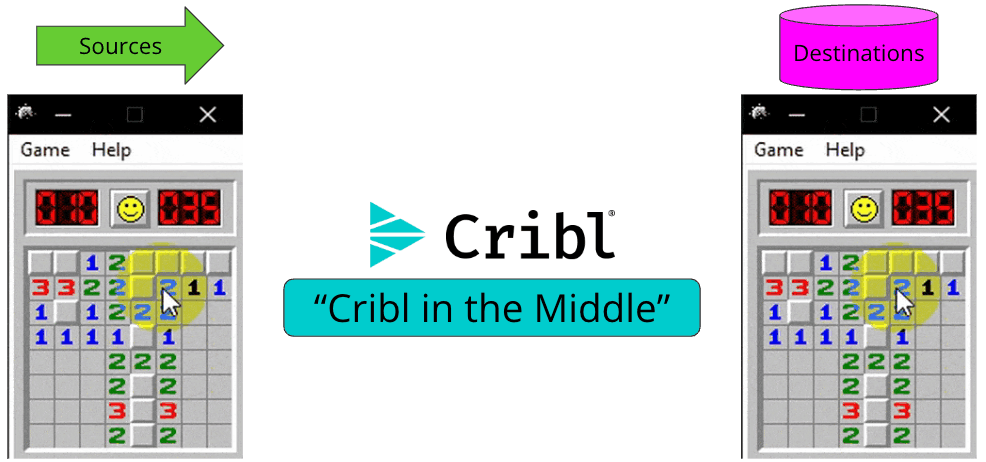
“Cribl helps me avoid landmines with my sources and destinations” ~ Esteemed Cribl Customers
Data Collection
Data collection represents any effort to pull, receive, or evaluate data sent to a given destination. This process often requires careful planning and effort due to various technical considerations. These include compatibility of protocols, network/cloud topology, and the volume of events to be collected, which directly impacts infrastructure and licensing considerations.
Common Qradar Collection Challenges
Protocol Support: Administrators must carefully review supported protocols and configuration options. If an undocumented protocol is needed, administrators must configure their own collection mechanism and DSM (Device Support Module) to onboard data.
Topology Concerns: Networks and systems are geographically distributed in nature, yet all data must be moved to the proper Qradar components for value to be extracted. Addressing compute, network, and storage requirements in each network zone, cloud, colo, or otherwise adds administrative burden, cost, and often slows data onboarding efforts.
Volume Constraints: Qradar leverages the EPS (Events Per Second) deployment and licensing model.
Inbound Data:
Careful consideration of data volume to be collected, parsed, and indexed is needed to scale Qradar and ensure near 100% uptime.
Controlling EPS before license and hardware implications occur can be cumbersome and prone to failure.
Data Retention:
Increasing data retention may exhaust administrative teams, and require costly storage and hardware solutions.
Restoring/Re-hydrating archived data is a cumbersome effort slowing audit and hunting activities.
Failing to properly plan and scope data retention will incur data loss.
Cribl Can Address Qradar Data Collection Challenges by 🎯:
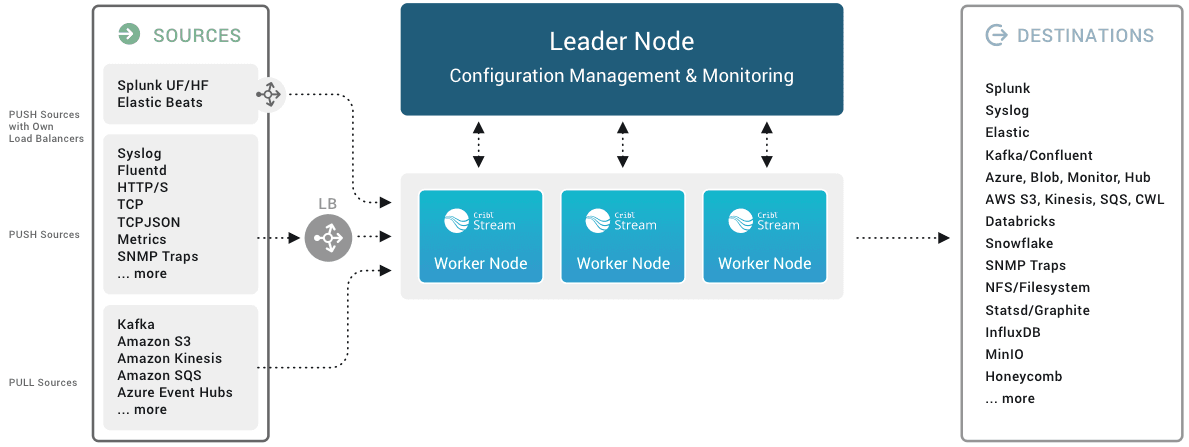
Protocol Support: Cribl provides a protocol compatibility layer for sources and destinations out of the box, offering Qradar customers flexibility and control over data sources and collection mechanisms.
Topology Concerns: Managed from a centralized control plane, Cribl workers can be rapidly deployed and managed across a distributed environment, such as data centers and cloud providers. Utilizing Cribl, administrators can optimize the Qradar Event Collector deployment, including sizing and scaling responsibilities.
Volume Constraints: Capabilities such as Data Preview, Live Capture, and the Monitoring Dashboard offer visibility for data volumes and flow. Administrators can review metrics such as Events Per Second (EPS), control event volumes with built in functions, and reroute full-fidelity raw events to cost cost-effective security data lake for a rainy day.
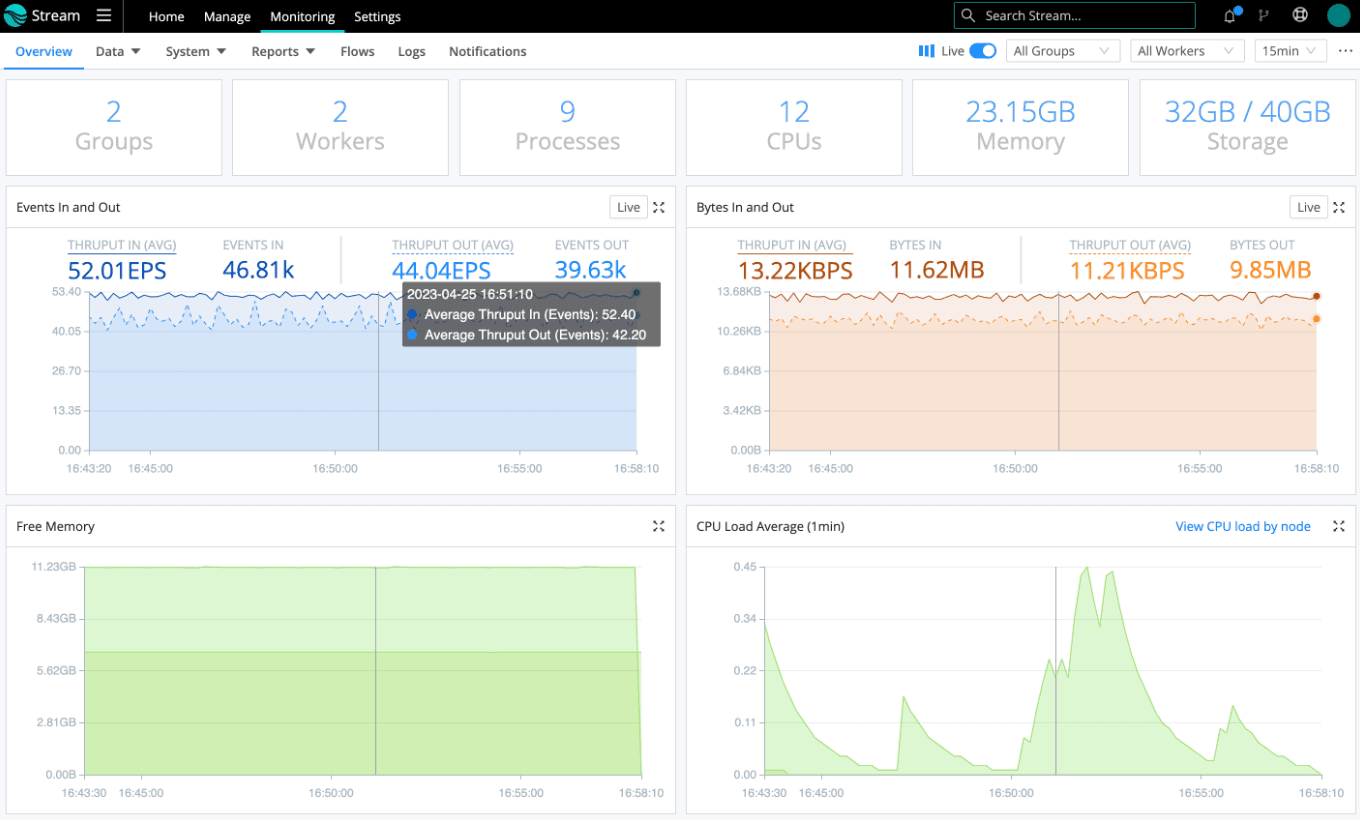
Data Quality
Data quality can be defined as the accuracy, completeness, and overall usefulness of collected data. SIEM administrators must ensure relevant data is delivered effectively and is adequately parsed for security teams.
Common Qradar Data Quality Challenges 😥
Relevant Data: Once an administrator enables a Qradar data source, it isn’t easy to control what events are received via that source.
An example of this would be when a developer adjusts a logging level to DEBUG (Much higher volume) without the consent of the security engineering team, leading to unexpected license utilization and capacity constraints.
Data Delivery: A typical Qradar event will traverse many nodes and network resources. If, at any point, one of these resources fails or a license limit is met, data loss may occur.
Exceeding a Qradar EPS limit (license and/or appliance limit) often leads to excessive queuing and potential data loss. While built-in buffer handling can help in the short term, ultimately, it may be time to scale up license and hardware, leading to unexpected costs.
Event Transformation and DSM Support: DSMs (Device Support Module) make sense of event data, ensuring it is helpful for SIEM functions. Administrators must tediously create or modify a DSM when it is not offered or optimized.
Cribl Can Address Qradar Data Quality Challenges by 🎯:
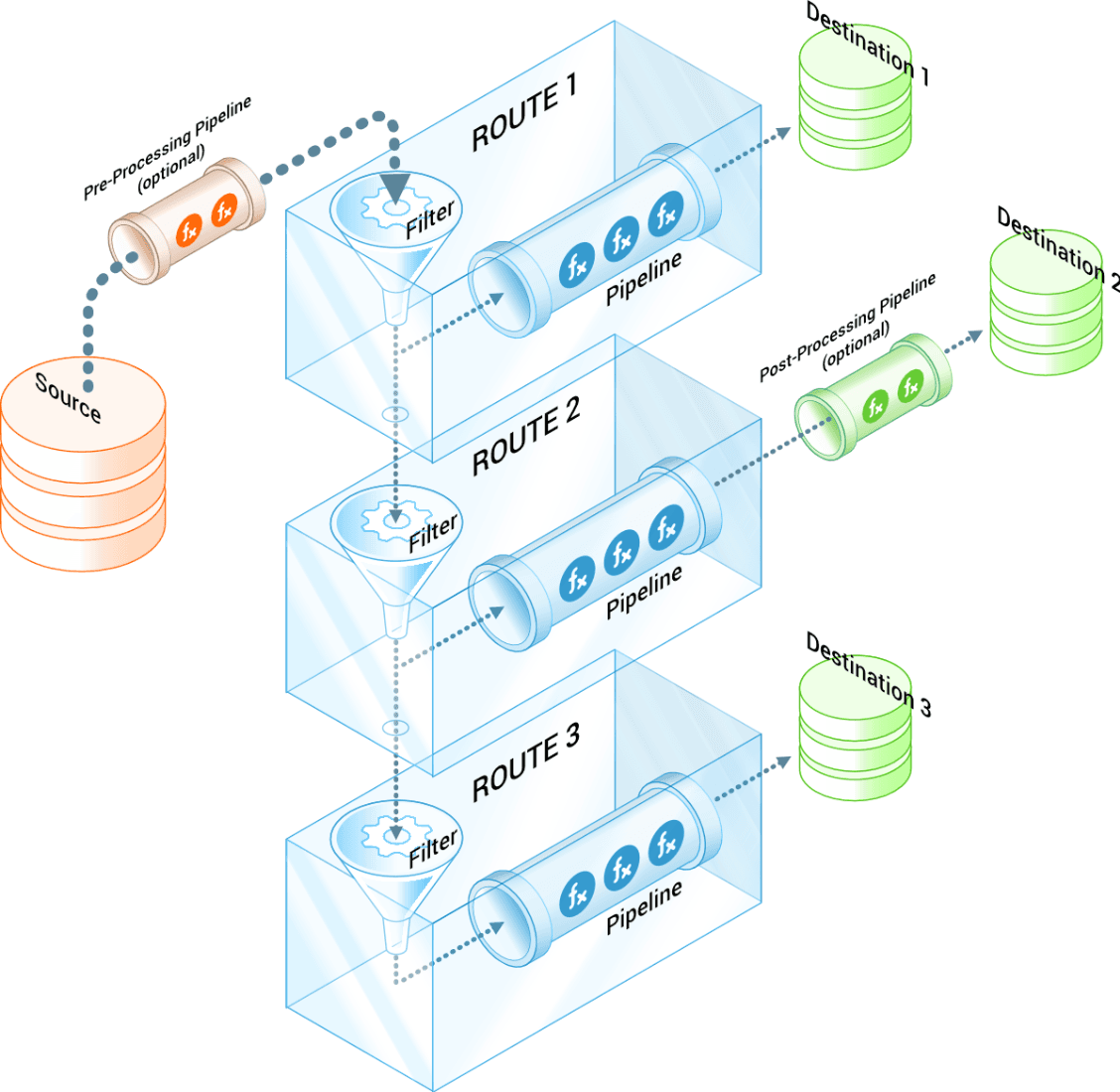
Relevant Data: Because each event is passed through the event pipeline, Cribl can control the flow of events ensuring only relevant data is delivered to Qradar.
Many Cribl customers filter, sample, or suppress unneeded events (such as DEBUG logs) and place them in an Archive destination for safe and cost effective storage.
Data Delivery: Cribl hardens data delivery by preventing data loss and offering notification mechanisms. Additionally, administrators can control EPS by way of selective routing, suppression, and dropping of events.
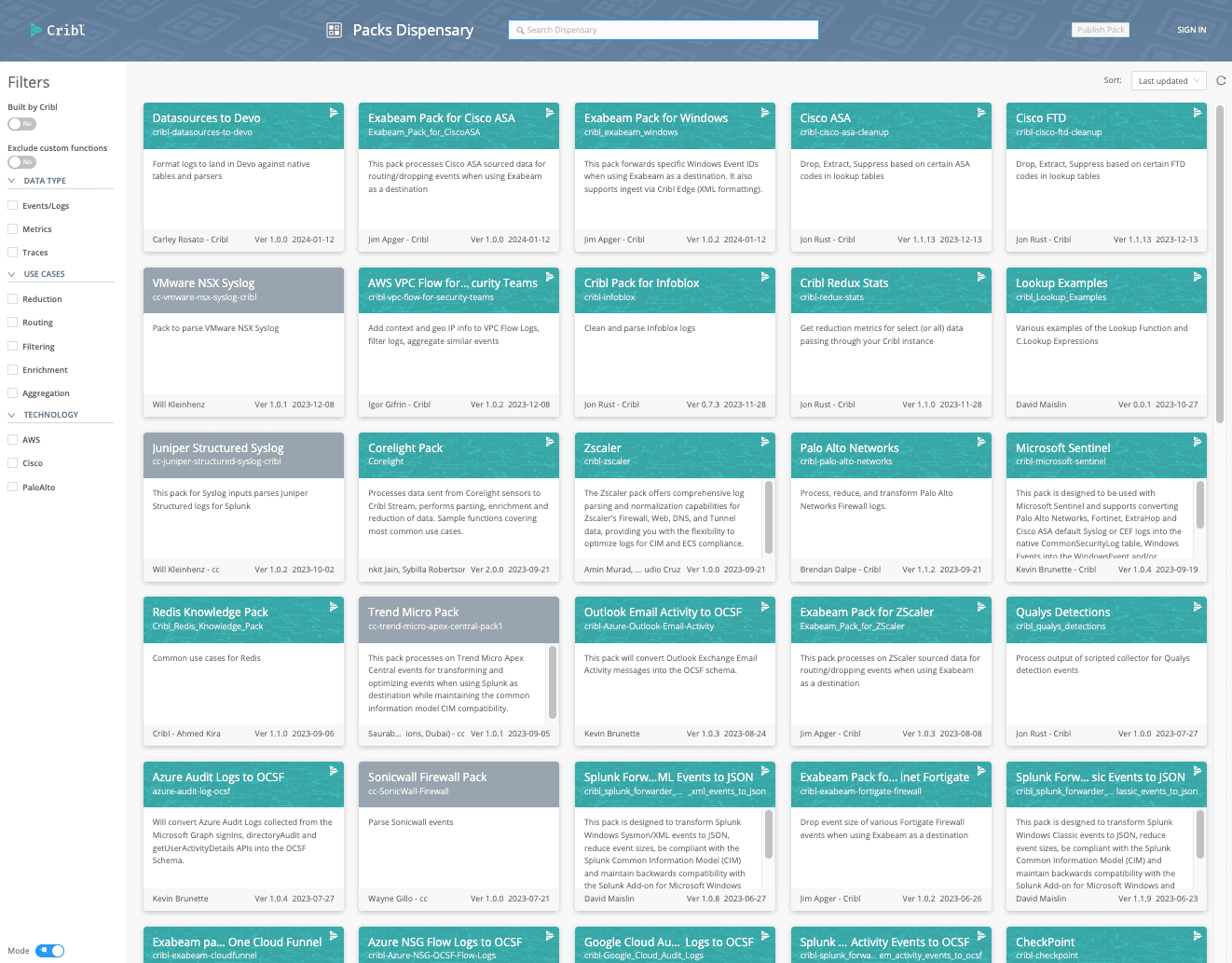
Event Transformation and DSM Support: Using Cribl’s preview, functions, and Packs, administrators can tune their data to ensure maximum compatibility with DSMs regardless of system updates or data changes. Additionally, if no DSM is supported, administrators can reformat events into the LEEF format, ensuring data is delivered and parsed correctly by Qradar.
Wrap up
Historically, managing the data flow to IBM Qradar has been challenging, costly, and time-consuming. However, with Cribl’s suite of products and functions, administrators are now empowered to handle data collection and quality efficiently. Cribl’s solution effectively addresses the common challenges faced by Qradar, including protocol support, topology concerns, and volume constraints. It streamlines event management by ensuring relevant data is captured and delivered without loss, transforming data for optimal DSM compatibility, and controlling event volume to avoid licensing and hardware issues.
By leveraging Cribl, organizations can enhance their Qradar deployment and free up valuable resources to focus on critical security tasks like threat detection and response. Ultimately, Cribl transforms the complexity of SIEM management into a more manageable and effective process, bringing a new level of efficiency and effectiveness to security operations.







